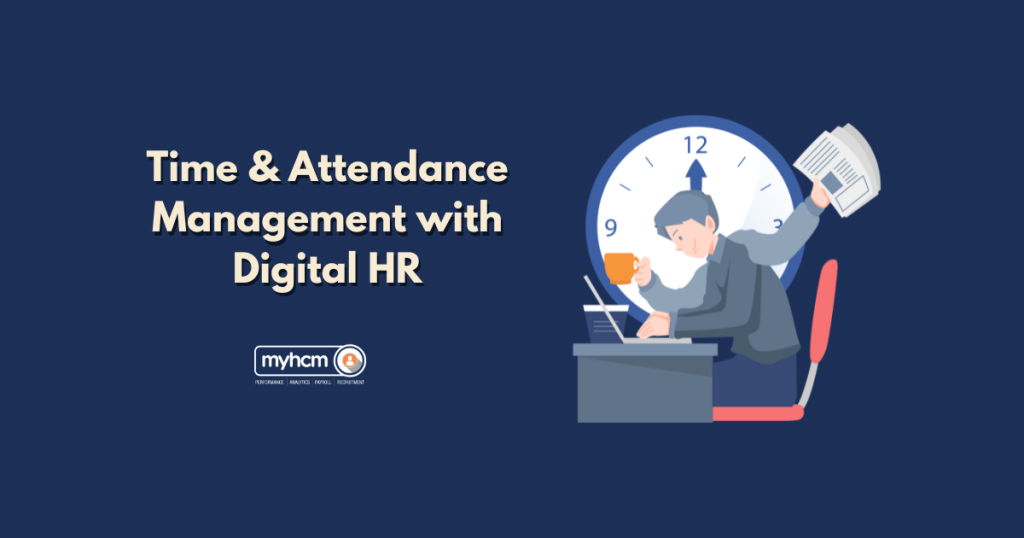Introduction
Time and attendance management is a crucial aspect of human resources (HR) that has traditionally been a really draining and error-prone process. However, the advent of digital HR has revolutionized the way organizations manage employee time and attendance. By leveraging advanced technologies, businesses can streamline their processes, improve accuracy, and enhance overall efficiency.
Challenges of Traditional Time & Attendance Management
Traditional attendance management methods often rely on manual processes such as paper timesheets or manual punch clocks. These conventional methods are susceptible to human error, often time-consuming, and inherently difficult to manage effectively. Additionally, they can lead to inaccurate payroll calculations and compliance issues.
Digital HR: A Game-Changer for Time & Attendance Management
Digital HR solutions offer a comprehensive approach to time management. By integrating advanced technologies such as biometric systems, cloud-based software, and mobile apps, organizations can automate various aspects of the process.
Key Benefits of Digital Time & Attendance Management
- Improved Accuracy: Digital systems eliminate human error and ensure accurate time and attendance data.
- Enhanced Efficiency: Automated processes reduce administrative overhead and save time for HR professionals.
- Real-Time Insights: Digital tools provide real-time visibility into employee attendance and productivity.
- Enhanced Compliance: Digital systems can help organizations comply with labor laws and regulations.
- Improved Employee Experience: User-friendly interfaces and mobile accessibility enhance the employee experience.
Core Features of a Robust Time & Attendance Management System
A robust and attendance management system should offer the following core features:
- Time Tracking: Accurate tracking of employee work hours, including overtime, breaks, and leave.
- Shift Scheduling: Efficient scheduling of shifts and assigning tasks to employees.
- Attendance Management: Monitoring employee attendance, including absences, late arrivals, and early departures.
- Payroll Integration: Seamless integration with payroll systems for accurate salary calculations.
- Reporting and Analytics: Detailed reports on employee productivity, attendance patterns, and labor costs.
The Future of Time & Attendance Management
As technology continues to evolve at an unprecedented pace, the future of attendance management appears increasingly promising. Emerging trends such as artificial intelligence (AI) and machine learning are poised to further enhance the capabilities of digital HR solutions. Indeed, AI-powered systems can automate routine tasks, analyze employee data to identify meaningful trends, and even provide valuable predictive insights.
Conclusion
By adopting digital HR solutions, organizations can streamline their attendance management processes, significantly improving accuracy and enhancing overall efficiency. Moreover, by investing in a robust time management system, businesses can gain a competitive edge, driving better business outcomes and optimizing resource allocation.

Your blog effectively captures the reader’s attention with its engaging content and well-structured flow. It provides valuable insights while maintaining clarity, making it both informative and enjoyable to read.
What challenges are commonly faced in traditional time and attendance management?